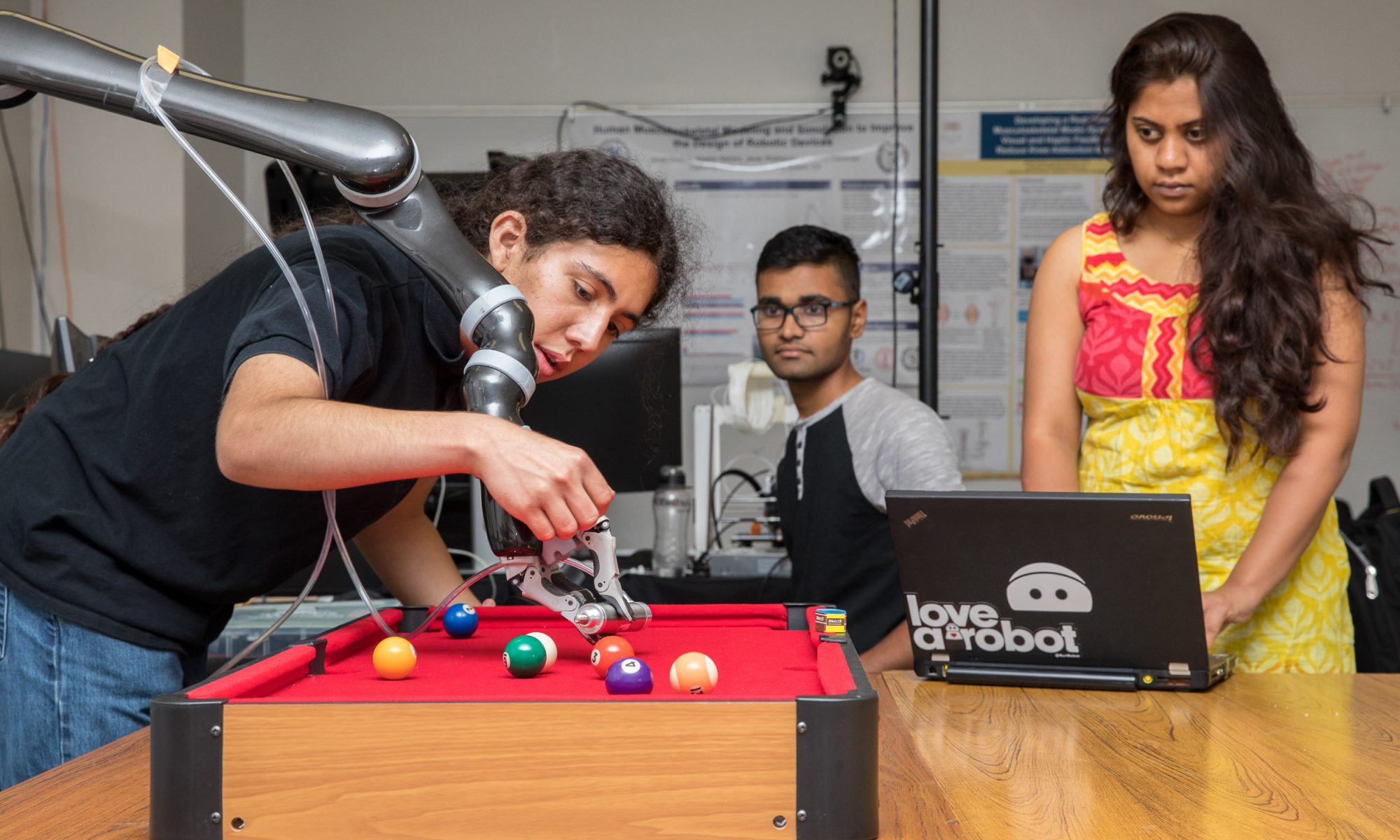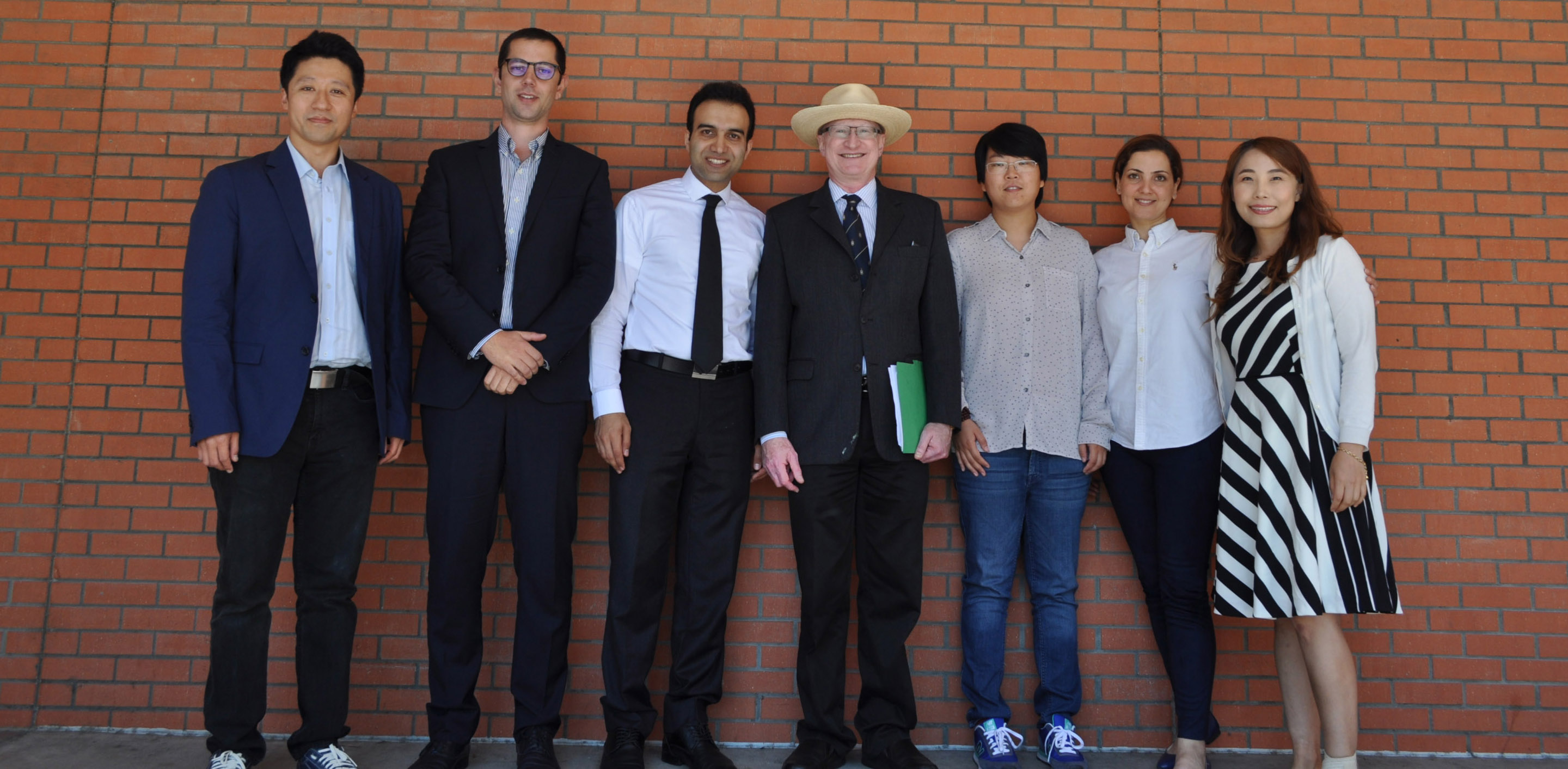The CSULB College of Engineering’s six new tenure-track faculty expand expertise into such cutting-edge technologies as data mining, earthquake engineering, machine learning, and 5G wireless.
Dr. Andrea Calabrese and Dr. Mehran Rahmani have joined the Civil Engineering and Construction Engineering Management Department as assistant professors.
Dr. Calabrese holds a doctorate in Structural Engineering and completed postdoctoral work at the Pacific Earthquake Engineering Research Center and the ReLUIS Consortium, the Italian Network of University Laboratories in Earthquake Engineering. He worked as a Structural Engineer at Foster & Partners, London and Italy for seven years, and has been a registered engineer in Italy since 2009. Dr. Calabrese’s research interests are in experimental testing, structural dynamics, base isolation, vibration engineering and in the development of novel low-cost devices for the seismic protection of buildings.
Dr. Rahmani earned a PhD in Structural and Earthquake Engineering from the University of Southern California in 2014, and worked for Weidlinger Associates as a senior engineer and Thornton Tomasetti as a project engineer. A registered Professional Engineer in California, Rahmani has research interests in structural system identification, structural health monitoring and earthquake damage detection of buildings using sensory data. His PhD research was focused on developing a wave-based methodology for remote post-earthquake structural damage detection.
In the CSULB Computer Engineering and Computer Science Department, Dr. Rana Forsati and Dr. Wenlu Zhang bring expertise in data mining and machine learning, two rapidly growing specialties.
Dr. Forsati earned her doctorate in Computer Science from Shahid Beheshti in 2014 and completed postdoctoral research at Michigan State University. Her research lies at the intersection of machine learning, large-scale data mining, and optimization with a focus on developing data-driven solutions for applications in recommender systems, social network analysis, and natural language processing. Recently, she developed novel stochastic semi-supervised learning methods for exploiting trust and distrust relations for link prediction in social networks and effective recommendation in e-commerce.
Dr. Zhang joins CSULB after earning her doctorate in Computer Science from Old Dominion University and postdoctoral research at Washington State University. She received an Outstanding Research Assistant Award while a graduate student at Old Dominion. She and her team participated in the MICCAI Challenge on Circuit Reconstruction from Electron Microscopy Images (CREMI). Her team ranked first on synaptic cleft detection and second on neuron segmentation tasks.
Dr. Sean Kwon, an Assistant Professor in CSULB’s Electrical Engineering Department, completed several years of postdoctoral research after earning his doctorate from Georgia Institute of Technology. He has worked in University of Southern California’s Wireless Devices and Systems Group and Intel’s Next Generation and Standards Division in the Communication and Devices Group. He was also with the R&D Institute of Pantech in Seoul, South Korea, from 2001-04, where he worked on CDMA common-air interfaces. He worked on projects with DARPA and the Army Research Lab, as well as six commercial mobile-station projects with Motorola and Sprint. His current research interests are in 5G wireless system design, wearable computing, and wireless channel modeling.
Dr. Eun Jung Chae joined the CSULB Mechanical and Aerospace Engineering Department as an Assistant Professor, bringing expertise in modeling and marine engineering. Chae holds a doctorate in Naval Architecture & Marine Engineering from the University of Michigan, Ann Arbor, where she also completed three years of postdoctoral research. Her research focus is on numerical, theoretical, and physical modeling in single/multiphase flows of smart/adaptive propulsions, unmanned aerial vehicles, and smart energy conversion systems.


